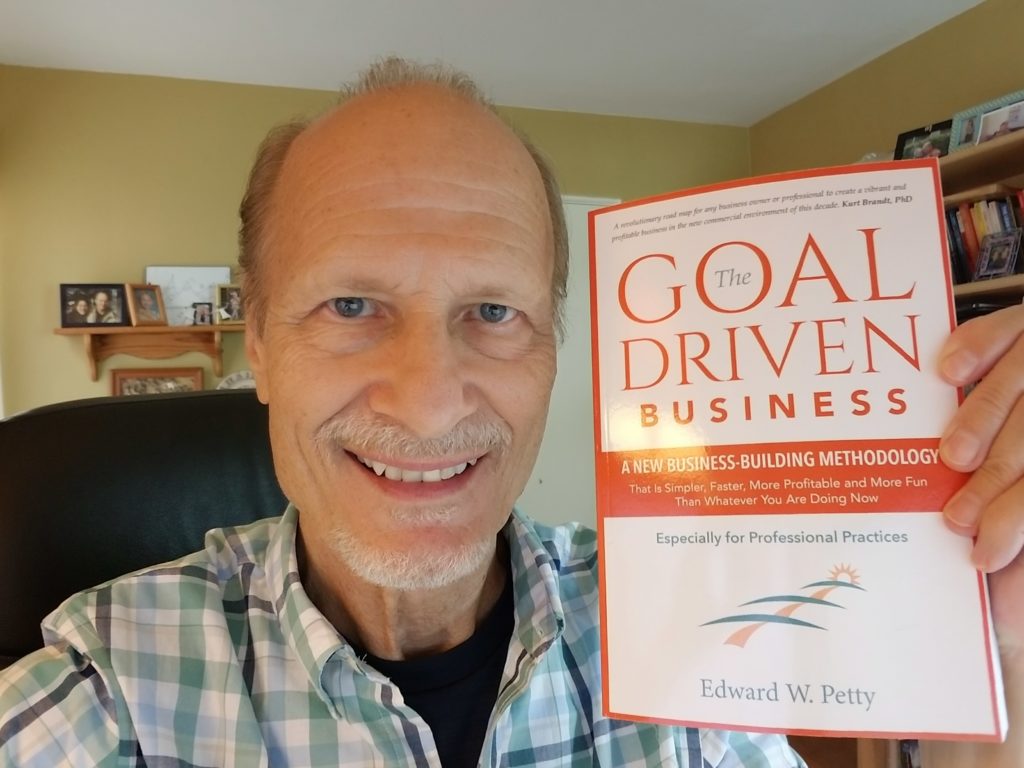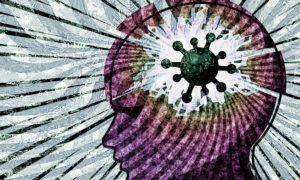Having goals is not enough.
Your business needs power, and lots of it, to propel it to its goals. There are five primary engines that you need to drive your business to its goals.
- Customer Service and Outcomes
- Marketing
- Leadership
- Management
- Personal Power
Most businesses have a few of these engines already firing. However, in most cases, full power has not been realized. This means that you may not have enough propulsion to make it to your goals.
Let’s take a brief look at each one, and as we do so, consider how each one rates in your office: half on, fully on and functioning, or barely functioning?
Customer Service and Outcomes. As a doctor and provider, your primary focus is on providing the best service and outcomes possible. This is both in terms of the subjective satisfaction of your patients as well as the objective criteria expected in your results. But to achieve this, you need support, and this support is provided by the organization you put together as the CEO.
Marketing. As the CEO of your business, your organization must first generate customers. As a businessperson, marketing will always be your number one and primary focus. A business is dependent upon the customer. In fact, it could be said that a business is the customer. If you are not providing a service to people that pay you for your care, you do not have a business.
Leadership. An essential quality of the CEO is leadership. Leadership helps define the goals of the business and keeps the team inspired to reach them. It also insists that they are achieved.
Management. In most offices, I have seen attention placed on service, marketing, and leadership. Management, however, is often not given enough attention. Management works out how we achieve our goals. This can be a laborious and difficult process that most business owners just don’t have the time for. Plus, you are paid for your services, not for “managing.”
Personal Life Management. Lastly, often brushed aside, is how well your personal life is managed. Are you happy, and is your relationship with your family and friends healthy? Is your personal life in good order? Too often, because of the stresses of work, our personal lives can drift off in directions we later regret.
THE MANAGEMENT ENGINE
Using the Goal Driven System as explained in my book, The Goal Driven Business, you can learn how to get each engine fully firing so that you have abundant power to make it to your goals.
It has been my experience working with offices across the country that the weakest engine is always management. This isn’t true when the office is just beginning or stays at 40-50% capacity. But once the volume picks up, there are more details that need to be addressed. In addition to providing outstanding service, there is… everything else.
Management deals with “everything else.” And when it doesn’t or can’t, all these untended-to “Everything Else’s” start gumming up the works. Paperwork gets backlogged, phone calls and emails stack up, staff becomes disengaged, patient communications get cut short, and marketing gets put on the back burner. Soon, there is just too much work to do. This clogs up and limits your capacity to provide more and better service and adds more stress to you and the team.
The default solution, which occurs naturally, is a reduction of the volume of services to a more comfortable level. This is the Practice Roller Coaster, the syndrome that causes continuous stress and unfulfilled potential. Service volume goes up, it can’t be sustained comfortably, so the volume comes down.
 But good management solves this. It takes you off the Practice Roller Coaster and allows your service volume to continue to increase, unimpeded. And with more services, with good management, there will be more profit.
But good management solves this. It takes you off the Practice Roller Coaster and allows your service volume to continue to increase, unimpeded. And with more services, with good management, there will be more profit.
Of course, if this was a simple solution, more offices would be seeing many more patients and doing much better. The fact is, it is not a simple fix as there are unseen barriers, booby traps, and dead ends that thwart your best efforts to streamline your management and procedures.
I cover this in my book, The Goal Driven Business. I shine the light on the hidden barriers and show you a path that, regardless of your personal skills and personality, you can follow and make it to your goals. The book covers a system of business development I call the Goal Driven System.
Of course, essential to effective management is having a manager! Oddly enough, there are no in-depth training programs for this role, and as far as I can recall, there never has been one. I cover the reasons for this in my book. Yet the ROI on an effective manager is 3 to 4 times, or more, than what you pay them
According to Gallup:
“Based on our largest global study of the future of work, Gallup finds that the quality of managers and team leaders is the single biggest factor in your organization’s long-term success.” (It’s the Manager, Clifton and Harter)
 In October, we will be launching our first training program on the Goal Driven System that will include in-depth training for practice managers – and their CEO’s.
In October, we will be launching our first training program on the Goal Driven System that will include in-depth training for practice managers – and their CEO’s.
If you are interested, contact me for more information about the Goal Driven System Program and how you can turn your team into Goal Drivers!
Meanwhile,
Seize the Day!
Ed
























